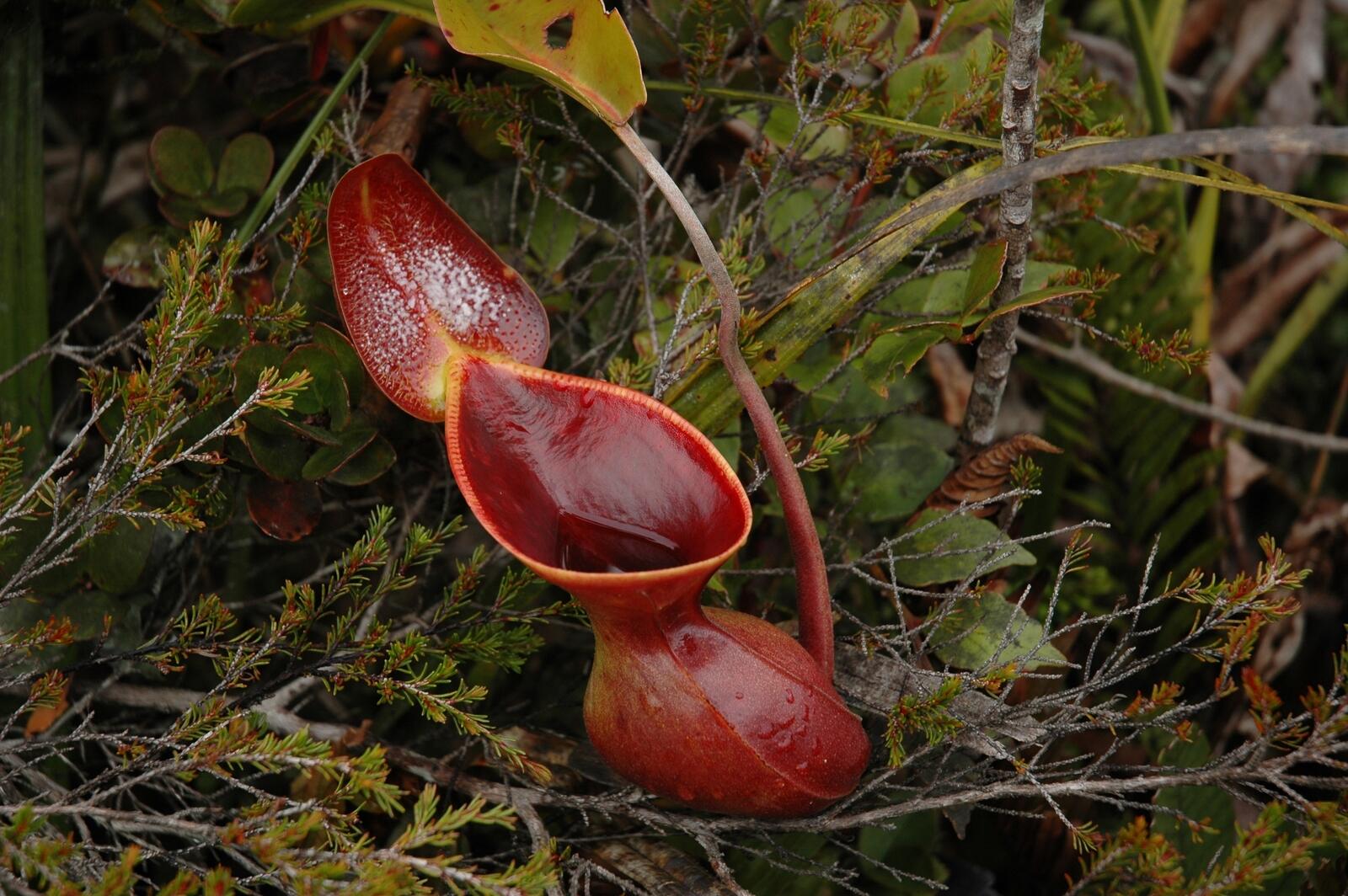
Ever wondered about the world of plants that bite back? Yes, I'm talking about those fascinating carnivorous plants that have captured our imaginations and sometimes, insects! May 1st marks World Carnivorous Plant Day, a day dedicated to these extraordinary green predators. From the well-known Venus Flytrap to the less familiar Pitcher Plants, this day celebrates all of them. But why do these plants eat bugs, and how do they do it? Well, living in nutrient-poor soil, they've adapted in the coolest way possible – by getting their nutrients from insects instead of the ground. Ready to dive into a world where plants are not just passive but active hunters? Let's get to the root of what makes carnivorous plants so incredibly cool and why they deserve their own special day on the calendar.
Key Takeaways:
- World Carnivorous Plant Day celebrates fascinating plants that eat insects. They help ecosystems and survive in harsh conditions. You can learn about them and even adopt one as a pet!
- Carnivorous plants have cool ways to catch prey, like sticky leaves and fast-moving traps. They're found all over the world and are important for biodiversity.
What is World Carnivorous Plant Day?
World Carnivorous Plant Day, celebrated on May 1st, is a day dedicated to raising awareness about the fascinating world of carnivorous plants. These unique plants have adapted to thrive in environments where the soil is nutrient-poor by evolving mechanisms to trap and digest insects and other small animals. This special day encourages plant enthusiasts and the general public alike to learn more about these extraordinary species and their ecological roles.
Why Celebrate Carnivorous Plants?
-
Carnivorous plants are nature's marvels, showcasing incredible evolutionary adaptations. Their ability to lure, capture, and digest prey allows them to survive in harsh conditions where other plants might fail. Celebrating these plants helps highlight the diversity and complexity of life on Earth.
-
They play a crucial role in their ecosystems, controlling insect populations and thus maintaining ecological balance. By celebrating these plants, we also acknowledge their importance in biodiversity and ecosystem health.
-
World Carnivorous Plant Day also promotes conservation efforts for these species and their natural habitats. Many carnivorous plants are threatened by habitat destruction, pollution, and climate change. Raising awareness can help protect these unique plants and the environments they inhabit.
How Do Carnivorous Plants Trap Their Prey?
-
Pitfall traps, like those of the pitcher plant, lure prey into a container filled with digestive liquid. Insects that fall in cannot escape and are eventually digested by the plant.
-
Flypaper traps use a sticky substance to catch insects. The sundew plant, for example, has leaves covered in sticky hairs that trap insects. Once caught, the plant secretes enzymes to digest its prey.
-
Snap traps involve rapid leaf movements to capture prey. The Venus flytrap is the most famous example, snapping shut when an insect touches sensitive hairs on its leaves.
-
Bladder traps suck in prey with a vacuum-like mechanism. Aquatic bladderworts have small bladders that create a vacuum to pull in unsuspecting prey when triggered.
-
Lobster-pot traps, used by some pitcher plants, force prey to move towards a digestive organ with inward-pointing hairs. Once inside, it's nearly impossible for the prey to escape.
Where Can You Find Carnivorous Plants?
-
Carnivorous plants are found all over the world, but they thrive in nutrient-poor environments like bogs, swamps, and sandy soils. Hotspots for these plants include parts of Australia, South America, and the southeastern United States.
-
Despite their exotic appearance, some carnivorous plants can be grown at home. With proper care, species like the Venus flytrap and pitcher plants can be fascinating houseplants.
How to Celebrate World Carnivorous Plant Day?
-
Participate in local events or online seminars to learn more about these incredible plants. Many botanical gardens and plant societies host special events on this day.
-
Consider adopting a carnivorous plant. They make for intriguing and educational pets, offering a closer look at the wonders of plant evolution and adaptation.
A Look Back at Carnivorous Plant Wonders
Celebrating World Carnivorous Plant Day shines a spotlight on these fascinating green predators, highlighting their unique adaptations and the vital role they play in ecosystems. From the sticky traps of sundews to the rapid snap of a Venus flytrap, these plants have evolved incredible mechanisms to thrive in nutrient-poor soils. This special day not only raises awareness about their ecological importance but also encourages conservation efforts to protect these remarkable species and their habitats. Whether you're a seasoned botanist or just someone with a budding interest in the natural world, there's no denying the allure and intrigue these plants hold. So, next May 1st, take a moment to appreciate the complex beauty of carnivorous plants and maybe even get inspired to grow one yourself. They're more than just plants; they're a testament to nature's ingenuity.
Frequently Asked Questions
Was this page helpful?
Our commitment to delivering trustworthy and engaging content is at the heart of what we do. Each fact on our site is contributed by real users like you, bringing a wealth of diverse insights and information. To ensure the highest standards of accuracy and reliability, our dedicated editors meticulously review each submission. This process guarantees that the facts we share are not only fascinating but also credible. Trust in our commitment to quality and authenticity as you explore and learn with us.


